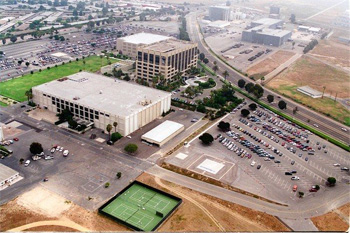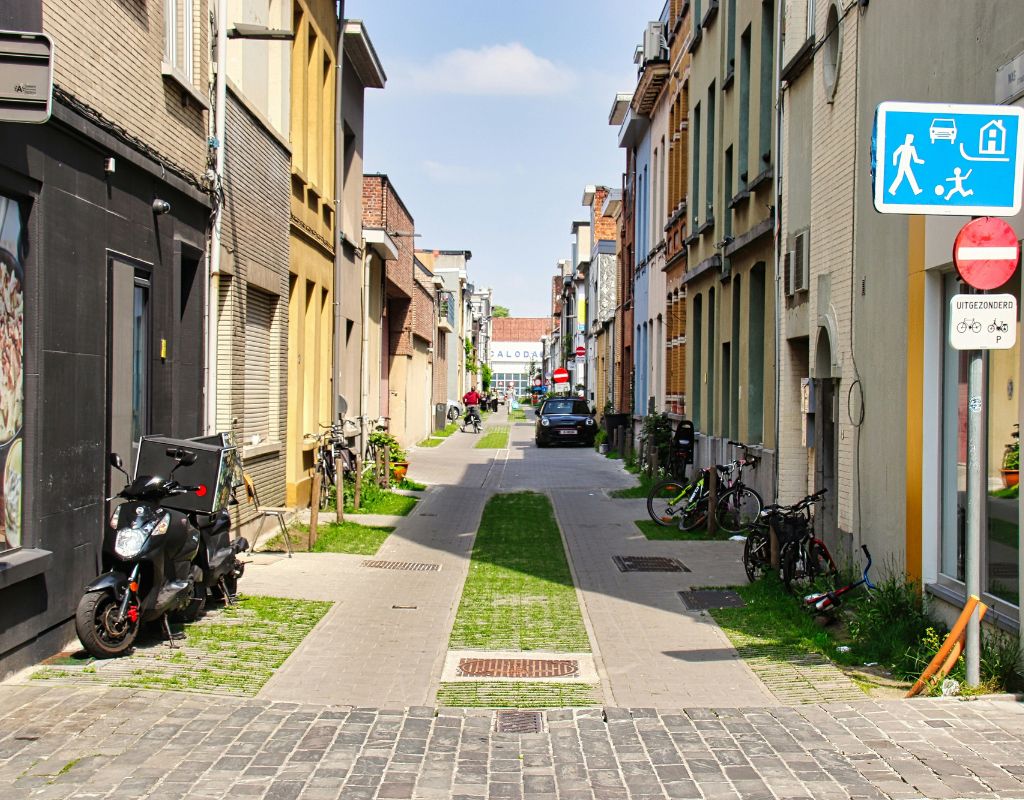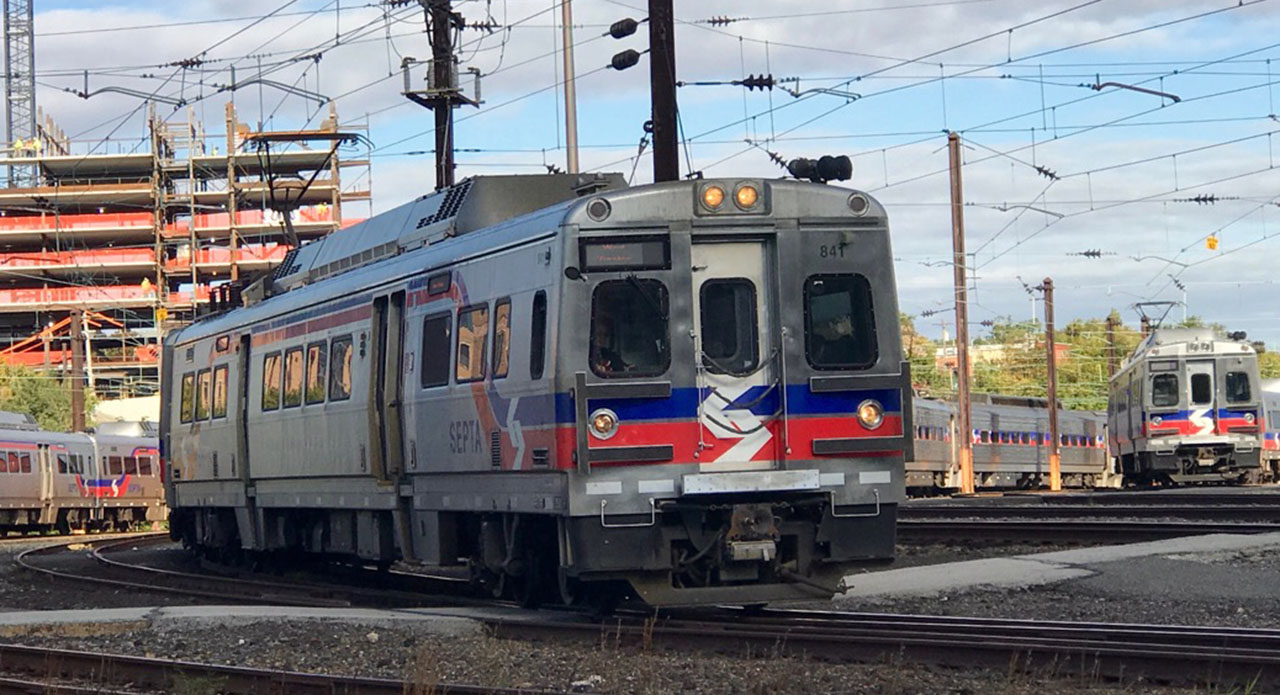Nonprofit reporting group California Watch recently looked at how Californians travel to work and concluded that free parking provided by the state's employers is leading to a lot of street-clogging solo car commuting.
Californians are only slightly more likely than the average American to carpool (11.4 percent) or ride public transit (5.2 percent) to work, and their rates of driving alone are about the same (73 percent), according to the U.S. Census's American Community Survey.
In response, parking guru and UCLA professor Donald Shoup pointed the finger directly at company parking perks. "If you can park free at work, it's an invitation to drive to work alone. And almost everybody who does drive to work has this invitation," he told California Watch.
The evidence is apparent in the outcome of a 1992 state law that Shoup helped enact. California's "parking cash-out" program requires companies that provide free parking to employees to also offer a cash payment to those who forgo the incentive. There's a major difference between companies that comply with the law and those that don't, California Watch reported:
A study Shoup conducted 15 years ago for the state Air Resources Board found that employers who offered cash-out programs saw solo driving to work drop by 17 percent, carpooling increase by 64 percent, walking and biking grow by 33 percent, and transit ridership jump by 50 percent.
The cash-out program is not well-known or widely enforced in California, according to California Watch. If it was, said Shoup, the biggest beneficiaries would be women and minorities, who are less likely to commute alone by car.
There are other reasons so many of the state's commuters choose to drive. Californians who opt for transit or carpooling are likely to have longer commutes; solo drivers spend an average of 25 minutes getting to work, while carpoolers clock just over a half hour and transit riders report 47 minutes in average travel time.
San Francisco residents commute by transit the most, while Contra Costa County commuters do the most driving alone.






